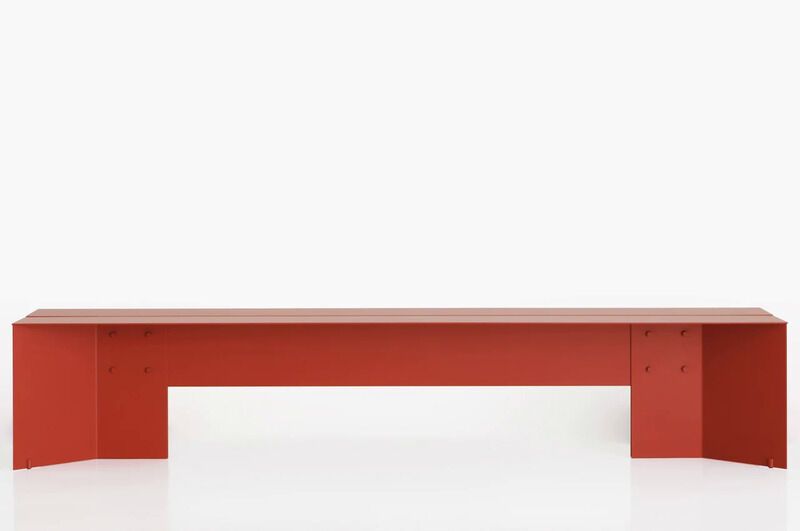
Nao Tamura Designs the Origata Collection for Porro
Amy Duong — April 11, 2024 — Art & Design
References: naotamura & yankodesign
New York-based Japanese designer Nao Tamura creates the captivating Origata collection for Porro with inspiration drawn from the traditional craftsmanship of Japanese kimonos. The capsule is comprised of minimal furniture that evokes an organic design language.
The Origata collection features the Origata bench followed by the Origata console -- influenced by the Kimono-making process and formed with the expertise of the Italian brand Porro. The furniture uses aluminum sheet materials that are carefully cut and put together inspired by the artful process of the cultural garment. When creating a kimono, the fabric is cut in straight lines and then artfully sewn into its shape. This process produces nearly zero waste and was adopted by the team for the Origata series.
Image Credit: Porro, Nao Tamura
The Origata collection features the Origata bench followed by the Origata console -- influenced by the Kimono-making process and formed with the expertise of the Italian brand Porro. The furniture uses aluminum sheet materials that are carefully cut and put together inspired by the artful process of the cultural garment. When creating a kimono, the fabric is cut in straight lines and then artfully sewn into its shape. This process produces nearly zero waste and was adopted by the team for the Origata series.
Image Credit: Porro, Nao Tamura
Trend Themes
1. Organic Design Language - Exploring a design aesthetic that embraces natural forms and materials, sparking new creativity in furniture design.
2. Cultural Craftsmanship Fusion - Combining traditional techniques from different cultures to create a unique and captivating furniture collection.
3. Zero-waste Production - Implementing sustainable manufacturing practices inspired by traditional garment construction methods, reducing environmental impact in furniture production.
Industry Implications
1. Furniture Design - Blending traditional craftsmanship with modern sensibilities to create furniture pieces that tell a story and resonate with consumers.
2. Textile Manufacturing - Exploring new applications of fabric cutting techniques borrowed from the artful processes of clothing creation in the production of furniture materials.
3. Sustainability in Design - Incorporating waste-reducing principles from the textile industry into furniture manufacturing, optimizing resource utilization and minimizing environmental footprint.
4.7
Score
Popularity
Activity
Freshness























